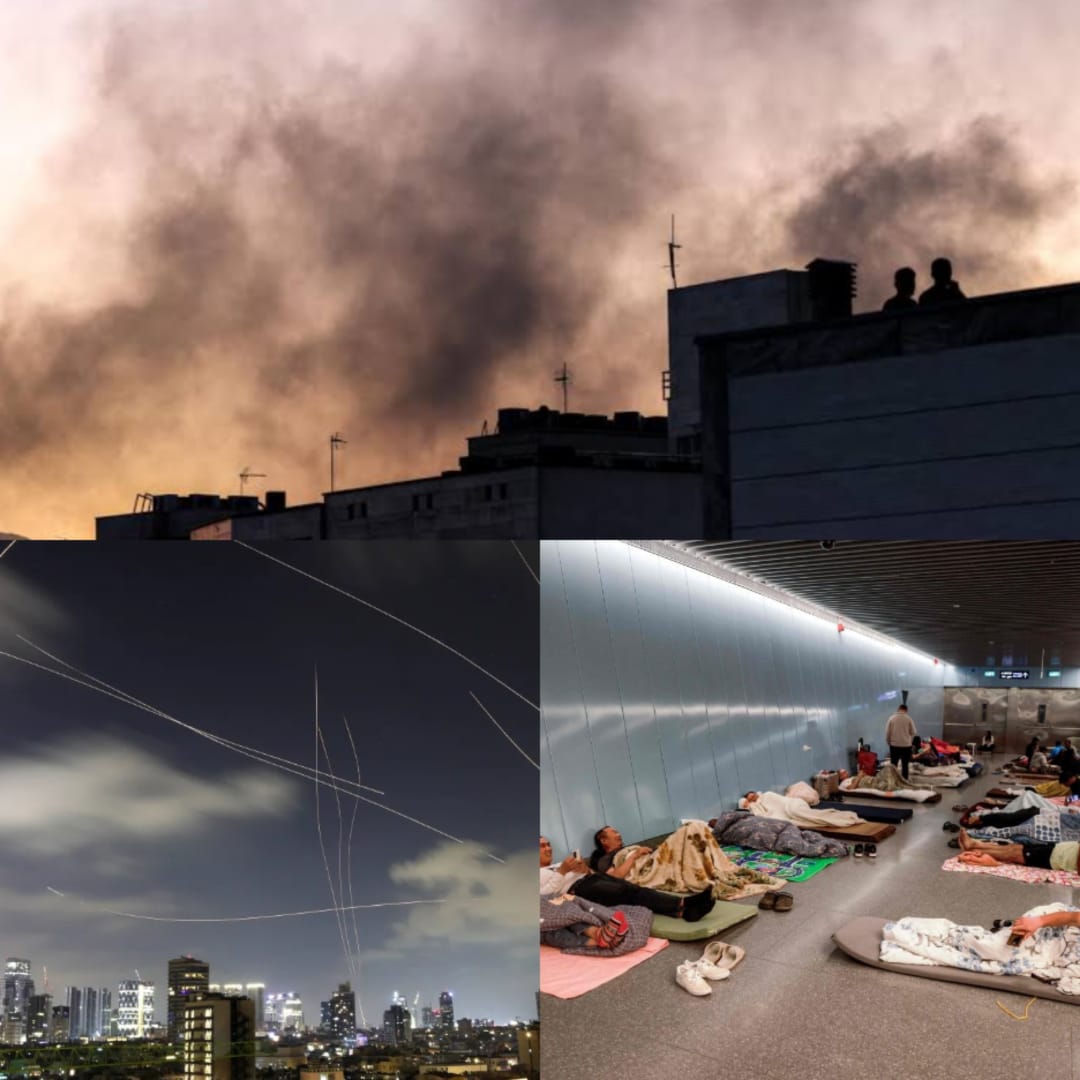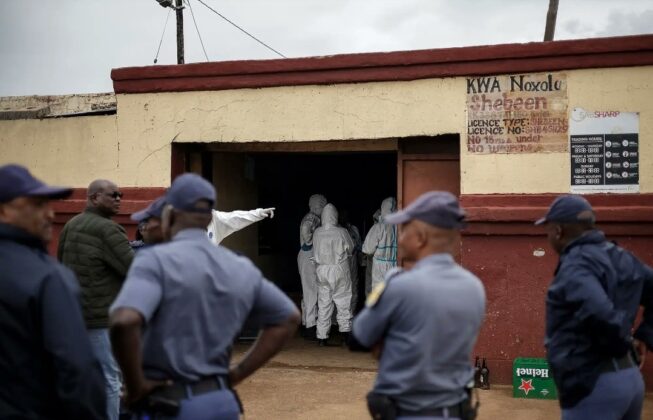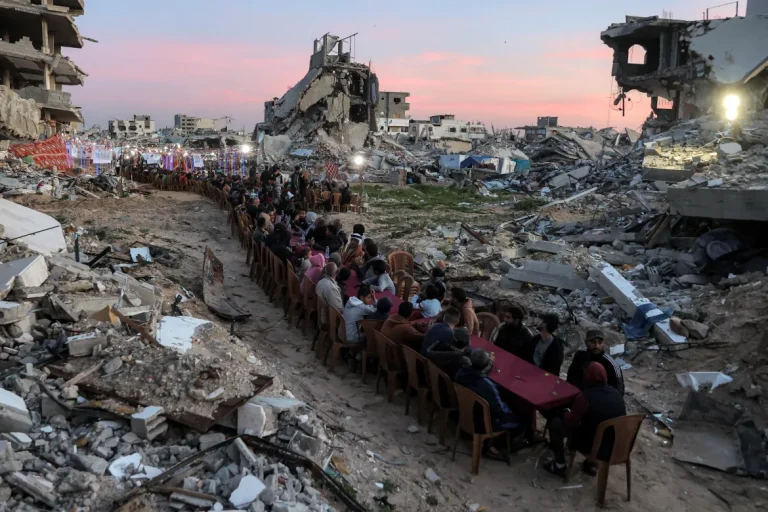
Missile fire and airstrikes rock Tel Aviv and Tehran as the Israel–Iran war enters its sixth day.
(The Post News)– The war between Israel and Iran entered its sixth day on Wednesday, with escalating missile attacks, rising civilian casualties, and growing concern of a wider regional war.
Explosions shook both Tel Aviv and Tehran as the two countries exchanged strikes, while U.S. President Donald Trump made headlines by demanding Iran’s “unconditional surrender”, a move that has heightened fears of deeper American involvement.
Early Wednesday morning, Israeli authorities reported two barrages of Iranian missiles launched toward central and southern Israel. Sirens rang out across Tel Aviv, and several explosions were heard, though most of the missiles were intercepted by Israel’s Iron Dome defense system. Israel responded with a wave of airstrikes on Iranian targets. Residents in southwestern Tehran were urged to evacuate ahead of Israeli strikes, which reportedly targeted a university linked to the Islamic Revolutionary Guard Corps as well as the Khojir ballistic missile site near the capital, an area previously hit in 2023.
Iranian state media confirmed structural damage and casualties from the attacks but said the nation’s defences had limited the impact. The Iranian Defense Ministry said it would continue to protect “national sovereignty” and emphasized the country’s missile capabilities, which, according to the U.S. Office of the Director of National Intelligence, are the largest in the Middle East. Iran maintains that its ballistic missile program is essential for national defense and deterrence against threats from Israel, the United States, and other regional actors.
Meanwhile, President Trump took to his social media platform Truth Social with a flurry of posts on Tuesday. He noted that they know exactly where the infamous ‘Supreme Leader’ is hiding and that they will not kill him—for now; however, their patience is growing thin. He later pushed Iran to retreat, declaring “UNCONDITIONAL SURRENDER!”
The posts have sparked a storm of speculation about whether the U.S. might directly enter the conflict. While Trump has not announced military action, the Pentagon confirmed that additional fighter jets and missile defense systems have been deployed to the region and that U.S. forces have intercepted several projectiles aimed at Israel.
Trump’s rhetoric, while consistent with his history of unpredictable foreign policy statements, adds confusion to the unfolding crisis. His comments swing between threats of force and vague gestures toward diplomacy, mirroring the kind of brinkmanship that characterised earlier standoffs with Iran, including the assassination of Qassem Soleimani in 2020. Analysts suggest this ambiguity may be intentional, aimed at keeping Iran guessing, but it also risks further destabilising the region.
As the air war intensifies, so too does the human cost. Iran reports that at least 240 people have been killed in Israeli strikes since the beginning of the conflict, among them 70 women and children. In Israel, government sources confirm at least 24 fatalities from Iranian missile attacks, most of them civilians. Emergency services across both nations remain stretched as infrastructure damage and injuries mount.
The Gaza Strip is suffering deeply amid the broader regional conflict. In the past two days alone, Israeli airstrikes in Gaza have reportedly killed at least 89 Palestinians, many of whom were seeking food aid in the city of Khan Younis. According to Gaza’s Health Ministry, the total number of deaths since Israel’s campaign began in October 2023 has reached 55,432, with over 128,000 wounded. These figures reflect a devastating toll on civilians, particularly women and children. On the Israeli side, authorities continue to cite the initial October 7 attack by Hamas, in which 1,139 people were killed and more than 200 taken hostage, as the justification for ongoing operations.
Despite the severity of the crisis, diplomatic efforts remain stalled. The United Nations Security Council has failed to reach consensus on a ceasefire or a framework for de-escalation. The United States has vetoed multiple resolutions it views as hostile to Israel, while Russia and China have issued cautious calls for restraint without direct intervention. European powers have expressed concern but largely backed Israel’s right to self-defense.
As military operations continue and rhetoric sharpens, the conflict shows little sign of resolution. Iran has vowed to continue resisting “Zionist and imperialist aggression”, while Israel insists it will not cease operations until its security is guaranteed. Trump’s demands for surrender, rather than calming the situation, appear to be pushing the region toward further instability. For now, the skies over the Middle East remain filled with drones and missiles, and millions of civilians Israeli, Iranian, Palestinian are caught in the crossfire.



